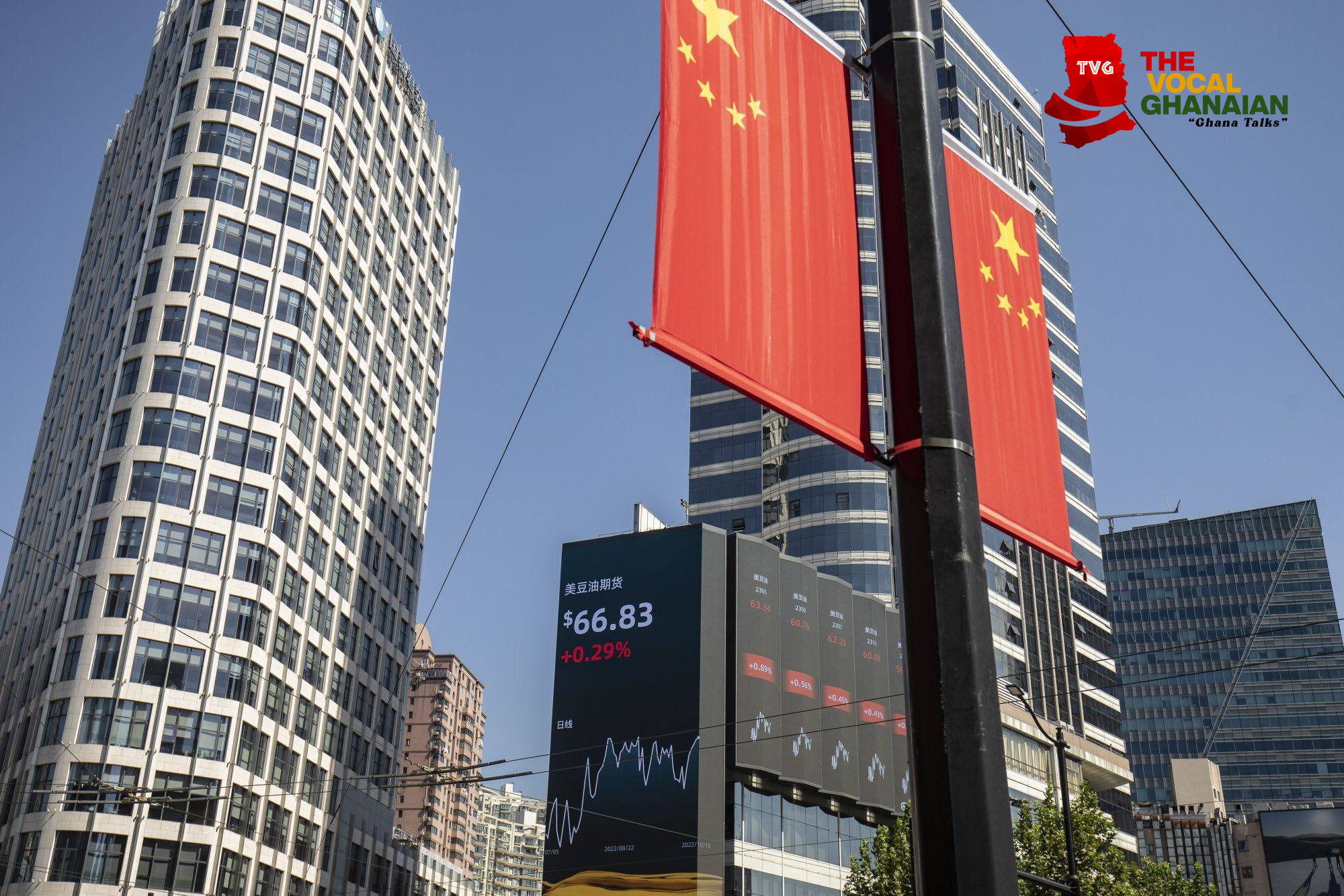In 2013, President Xi Jinping launched what would soon become one of the most audacious infrastructure and economic development projects the world has ever seen: China’s Belt and Road Initiative (BRI). Designed to span continents and command billions in investments, the BRI aims to reshape global connectivity and economic landscapes. Yet, beneath its ambitious facade lies a labyrinth of geopolitical shifts that have ignited intense debate and scrutiny across the globe.
Strategic Influence and Power Projection
The BRI represents a formidable tool in China’s geopolitical arsenal, granting it a profound capacity to extend its influence far beyond its borders. Through strategic investments in infrastructure across numerous countries, China not only cements its economic ties but also gains substantial political leverage. The strategic positioning of these projects—particularly ports and naval facilities—has sparked widespread concerns over China’s potential military aspirations and its capability to sustain power projection across the globe.
The Double-Edged Sword of Debt Diplomacy
Critics of the BRI decry what they view as China’s strategy of “debt diplomacy”—providing substantial loans to financially vulnerable countries for massive infrastructure projects, thus binding them into Beijing’s sphere of influence. A stark illustration is found in Sri Lanka’s Hambantota Port debacle, where unsustainable debt saw a critical strategic asset leased to China, igniting global debates over sovereignty and economic independence.

Shifting Alliances and Regional Dynamics
The ripple effects of the BRI are palpably felt in regional power dynamics, particularly across Southeast Asia, South Asia, and Central Asia. These regions find themselves at a crossroads, caught between the economic allure of Chinese investments and the strategic security interests championed by traditional allies, including the United States. In response, initiatives like the Quad’s Blue Dot Network and Japan’s Partnership for Quality Infrastructure have emerged, aimed at providing transparent and sustainable alternatives to Chinese influence.
Navigating Security and Stability in Volatile Regions
China’s venture into geopolitically unstable territories as part of the BRI brings with it an array of security challenges. In regions rife with conflict, such as parts of Africa and the Middle East, BRI projects face threats from terrorism and civil unrest, which not only endanger investments but also strain bilateral relations. Moreover, China’s engagements with controversial regimes underscore a troubling willingness to sideline democratic values for economic gains, raising ethical and security questions on the global stage.
The Environmental Toll of Ambition
The environmental footprint of the BRI is colossal, with projects often leading to significant ecological disruption, including deforestation, habitat loss, and heightened carbon emissions. Despite global calls for a pivot towards renewable energy, the Initiative’s heavy reliance on coal and other pollutive energy sources stands in stark contradiction to these demands. The ongoing environmental concerns call for a reevaluation of BRI projects, urging China to commit to international environmental standards and sustainable practices.
As China’s Belt and Road Initiative continues to unfold, its impact on global geopolitics cannot be overstated. While it promises unprecedented levels of economic connectivity and development, the Initiative also presents profound challenges that require diligent international cooperation and dialogue. Balancing the economic benefits with the strategic and ethical implications will be key to ensuring the BRI enhances global stability and prosperity. In this grand chess game of international relations, the moves made by China and its global partners will determine the geopolitical balance of power for decades to come.

